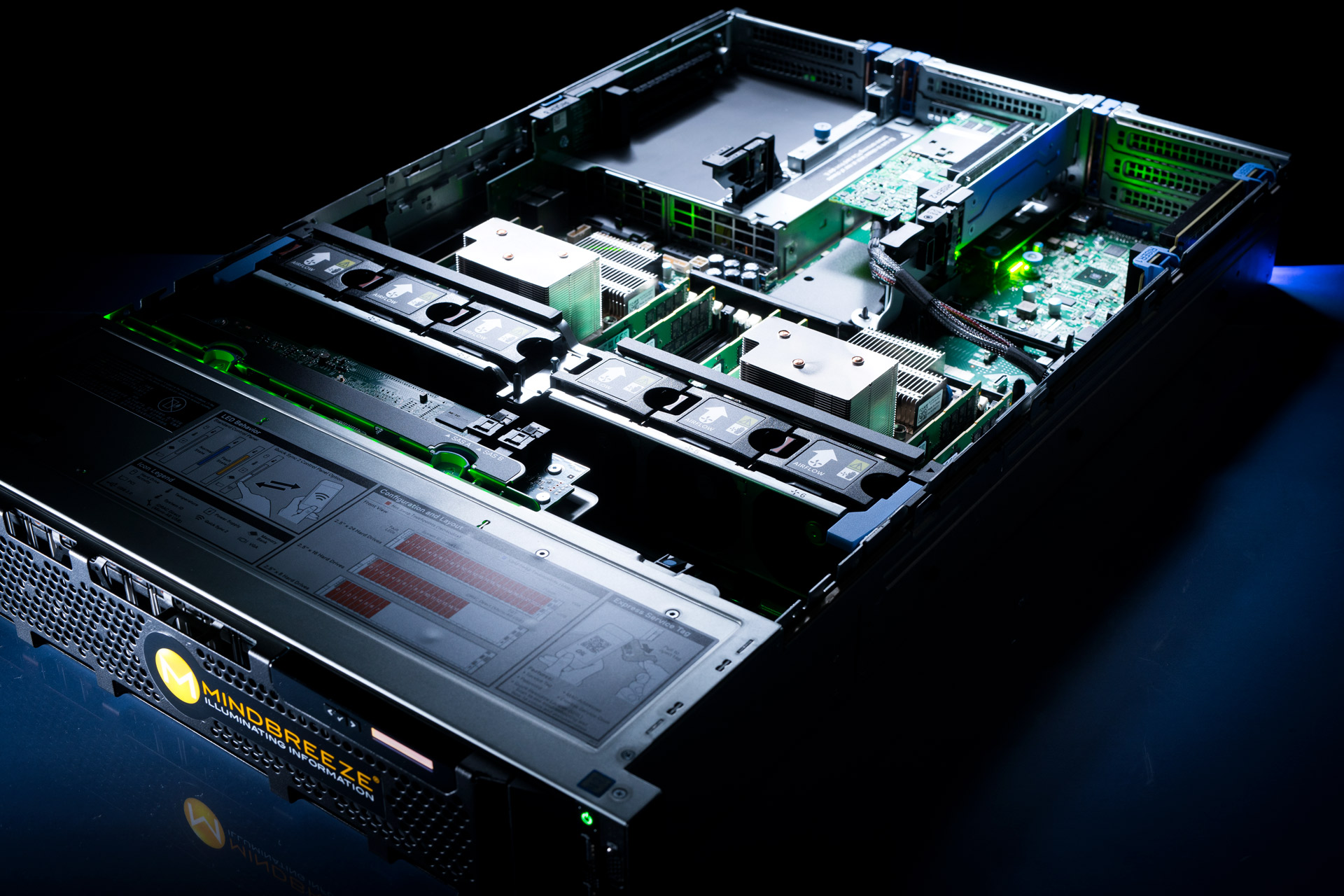Trust
Planned system maintenance work
and monitoring reports
In order to provide you with the highest possible software and service quality, we need to do maintenance work on our servers from time to time.
Planned maintenance work
Maintenance plan 2025 - the following maintenance windows are planned for 2025
All Mindbreeze InSpire SaaS customers will be notified of the exact period for system maintenance by e-mail one week in advance.
| Version | Planned DEV/ACC Maintenance | Planned PROD Maintenance |
|---|---|---|
| Mindbreeze InSpire SaaS 25.5 Release | August 12 - 13, 2025 | August 19 - 20, 2025 |
| Mindbreeze InSpire SaaS 25.6 Release | September 23 - 24, 2025 | September 30 - October 1, 2025 |
| Mindbreeze InSpire SaaS 25.7 Release | November 4 - 5, 2025 | November 11 - 12, 2025 |
| Mindbreeze InSpire SaaS 25.8 Release | December 16 - 17, 2025 | December 23 - 24, 2025 |
Monitoring reports
Permanent availability and quick response times are incredibly important to us! Here you can follow the service level key performance indicators for the Mindbreeze InSpire SaaS services.
| Mindbreeze InSpire SaaS |
|---|
| Location USA: Los Angeles |
| Location Germany: Nuremberg |
Measurement of the response times and availability is done with Fabasoft app.telemetry
